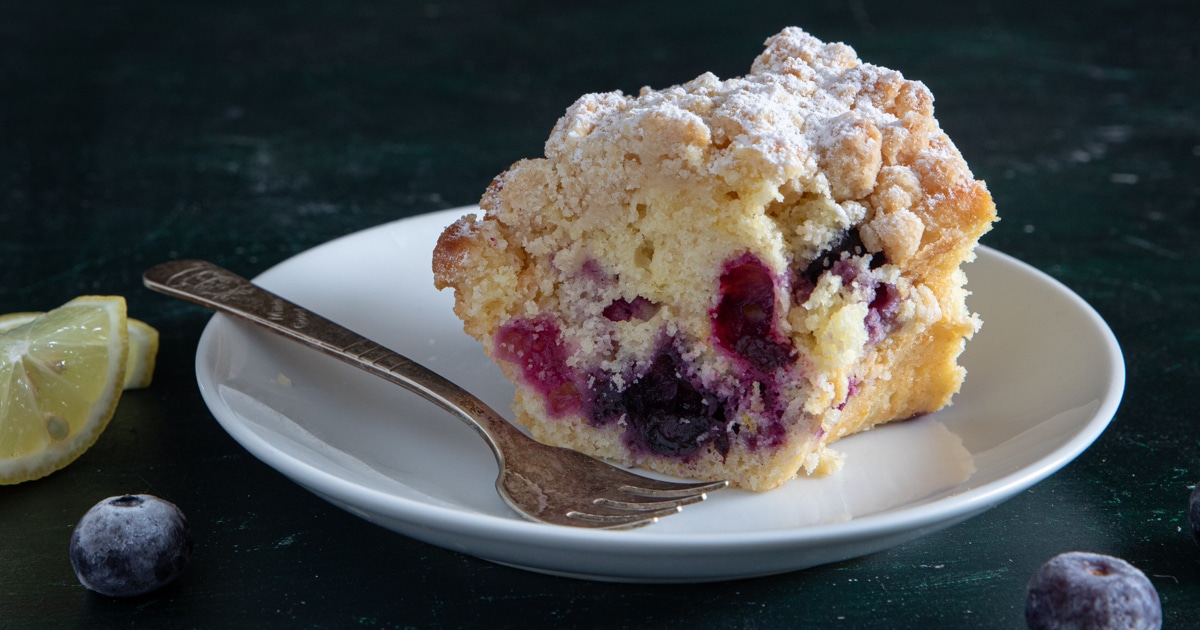
On August 9, 1902, King Edward VII of England was crowned at Westminster Abbey. One year later, Joseph Rose, a bartender at Murray Brothers’ Café in Newark, New Jersey, paid homage to the royal event with his Coronation Cocktail. The mixture of French vermouth, dry sherry, maraschino liqueur and orange bitters won the Police Gazette Bartenders’ Contest in 1903; as a result, the recipe was published in the Hoffman House Bartender’s Guide in 1905. It then lived on in a slew of other volumes, most notably in The Savoy Cocktail Book, where it is listed as the Coronation No. 1, as there are, unsurprisingly, quite a few cocktails traveling under the Coronation name.
Well over a century after its birth, the Coronation has found a devotee in Ben Finkelstein, beverage director at New York City’s newly reopened Fedora and its neighboring companion bar, St. Jardim. At Fedora, the Coronation sits on an extremely short cocktail list of five classics, plus a mezcal-based Pink Lady riff called the Doña Rosa. Most of the drinks (a Manhattan, a Negroni, a Martini) are clearly there to appeal to guests by way of familiarity. But the Coronation is obscure, to say the least—and is a bit of a flex.
Finkelstein came up in the industry during the age of the Bamboo as an “it” drink through which to impress one’s fellow bartenders. But he had grown tired of the same old, same old. “I think there’s something almost punitive about a Dolin-Lustau Bamboo at this point,” he says. “We’ve had so many of them, and they’re so predictable.” When he stumbled upon the Coronation—which is basically a Bamboo with maraschino—while flipping through the Hoffman House book, he knew he’d found a classic through which he might be able to express a similar sensibility while putting his own stamp on it at Fedora.
For Finkelstein, the Coronation draws parallels between his work behind the bar and what’s going on in the kitchen. “We have some slightly esoteric, more classic dishes that are being reimagined in a really technical way,” he says, referring to the chicken cordon bleu and roast beef on the menu, among others. For this drink, however, Finkelstein is actually acting more as a curator than an innovator; he isn’t applying modern techniques at all, just letting the carefully selected ingredients speak. And the most important of these is the dry vermouth.
Like the inclusion of the Coronation on the cocktail menu, the selection of Mauro Vergano’s Sec for the dry vermouth reflects the shift from old guard to new: Vergano’s sons, or “the boys,” as Finkelstein calls them, have taken over from their father. The Sec is a collaboration with Clos du Tue-Boeuf, a Loire winemaker whose Romorantin wine provides the base for the Vergano product. Its botanicals are mainly fresh rather than dried, requiring a series of infusions throughout the year; they include elderflower, acacia, citron, raspberry, fig leaf and peach pits.
Mauro Vergano has become something of a darling of New York’s bartender set, perhaps because restaurants have been putting more focus on their cocktail programs while bartenders have become more entrenched in wine culture, now paying as much attention to the wine base in a vermouth as the botanicals. William Elliott, of New York’s Maison Premiere and Tigre, notes that using Mauro Vergano’s fortified wines can “make a drink that was otherwise boring, incredible.”
Despite his comment about Dolin-Lustau Bamboos, for the fino sherry, Finkelstein reaches for Lustau’s industry-standard Jarana, which he’s worked with for years. It props up the minerality in the vermouth and adds a subtle salinity—a bonus, given that Fedora’s staff is encouraging guests ordering seafood to consider the Coronation.
Finkelstein’s choice of maraschino, Luxardo, “pulls some of those fruitier notes up against the salinity and dryness of the drink” and “rounds it out,” he says. Regans’ orange bitters, meanwhile, “knit together” the two wines in the cocktail. Between the orange bitters and the zippy, citrusy notes in the vermouth, no garnish is required.
To the naked eye, the Coronation looks like a glass of wine, which makes sense given Finkelstein’s goal of creating a cocktail that goes with food and leans into the simultaneous trends of continental, seafood-centric cuisine and the rise of European fortified wines—whether it’s a glass of sherry with head-on prawns or, say, a Coronation with grilled squid at Fedora. “It’s very light and fresh,” says Finkelstein. “It just drinks like a little curated glass of wine.”





